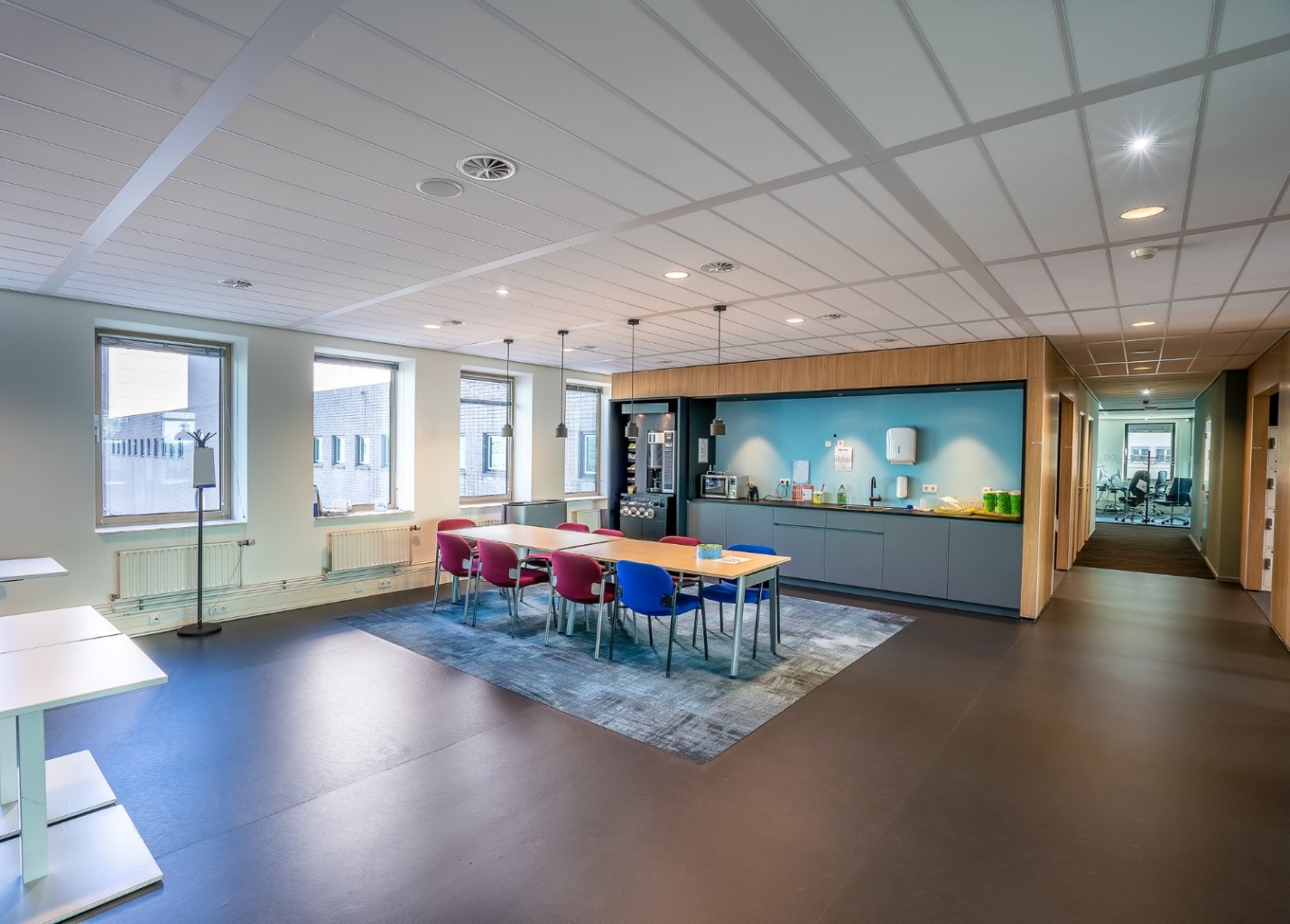As the world becomes increasingly aware of environmental challenges and the importance of sustainable practices, the architecture and design industry is responding with innovation and responsibility. Among the many trends driving change, one that stands out is the growing preference for eco friendly Acoustic Materials.
These sustainable alternatives are not only revolutionizing the way we think about sound insulation and noise control but also redefining modern design with a focus on health, wellness, and environmental impact.
Shift Towards Conscious Design
In the past, the primary focus of Acoustic Materials was functional—how well they could absorb or diffuse sound to improve acoustic comfort in a space. While performance remains a critical factor, today’s architects and designers are expected to go further. Clients demand solutions that are not only effective but also sustainable, aesthetically pleasing, and compliant with green building standards.
The transition to eco friendly Acoustic Materials represents this shift. Instead of using synthetic, chemical-heavy options, more projects now embrace materials made from recycled, renewable, and biodegradable sources—solutions that benefit both people and the planet.
Why Eco Friendly Acoustic Materials Are Becoming a Standard

-
Environmental Sustainability
One of the most compelling reasons for the switch is the reduced environmental impact. Traditional Acoustic Materials often involve petroleum-based compounds, non-recyclable foams, and processes that generate significant emissions. In contrast, eco friendly Acoustic Materials are manufactured using sustainable practices and components like recycled PET (from plastic bottles), cork, cellulose, and wool.
By incorporating these into designs, architects directly contribute to waste reduction, energy conservation, and carbon footprint minimization—aligning their projects with global sustainability goals.
-
Health & Wellness Considerations
With increased focus on occupant wellness, indoor air quality has become a top priority in interior environments. Many eco friendly Acoustic Materials are free from harmful chemicals such as formaldehyde, adhesives with VOCs, and flame retardants that can off-gas into the air over time.
This makes them ideal for environments such as schools, hospitals, offices, and homes where long-term exposure to toxins can have adverse health effects. Designers and clients alike value materials that are both safe to handle and beneficial for human health.
-
Design Flexibility and Aesthetic Appeal
Gone are the days when acoustics had to compromise aesthetics. Today’s eco friendly Acoustic Materials are available in a wide range of colors, textures, finishes, and forms—offering creative freedom to architects and designers.
From sleek felt ceiling baffles in open offices to colorful acoustic wall tiles in learning environments, these materials allow design professionals to enhance visual interest while achieving acoustic comfort. Many can even be custom-cut into unique patterns or branded installations, turning a functional element into an artistic feature.
-
Compliance with Green Building Certifications
Green building standards like LEED (Leadership in Energy and Environmental Design), WELL, and IGBC (Indian Green Building Council) now heavily influence project specifications. Using eco friendly Acoustic Materials helps earn points toward these certifications, making them an attractive choice for environmentally conscious developers and corporate clients.
In many cases, material transparency, embodied carbon reporting, and lifecycle analysis are part of the specification process—areas where sustainable acoustic solutions clearly outperform their traditional counterparts.
-
Durability and Low Maintenance
Sustainable doesn’t mean short-lived. Many eco friendly Acoustic Materials are known for their durability, moisture resistance, and easy maintenance. This is especially beneficial in high-traffic or high-humidity environments such as auditoriums, retail stores, or gyms.
Some recycled PET acoustic panels, for instance, are not only impact-resistant but also easy to clean, ensuring longevity and reducing replacement costs over time.
Popular Types of Eco Friendly Acoustic Materials
Let’s explore some of the most popular sustainable acoustic options making waves in the industry today:
- Recycled PET Panels: Made from post-consumer plastic bottles, these panels are lightweight, highly customizable, and offer excellent sound absorption.
- Cork Acoustic Panels: Harvested without harming trees, cork is 100% natural, biodegradable, and offers superior thermal and acoustic properties.
- Wood Wool Boards: A mix of wood fibers and cement, these panels provide both fire resistance and a natural aesthetic.
- Bamboo-Based Panels: Rapidly renewable and durable, bamboo acoustic solutions bring an organic feel to interiors.
- Natural Fiber Panels: Materials like hemp, jute, and wool are being increasingly explored for their insulation capabilities and minimal environmental impact.
Each of these eco friendly Acoustic Materials offers unique benefits, allowing designers to choose what best suits their project goals—whether it’s aesthetics, performance, or sustainability.
Where Are These Materials Being Used?
The demand for acoustic comfort is growing across sectors, and so is the adoption of sustainable solutions. Some common applications include:
- Corporate Workspaces: To support employee focus, collaboration, and wellbeing.
- Educational Institutions: To reduce distractions and enhance speech clarity in classrooms.
- Healthcare Environments: Where a quiet, toxin-free atmosphere supports patient recovery.
- Hospitality and Retail: Where acoustics directly influence customer experience and brand perception.
- Residential Projects: As homeowners seek healthier, eco-conscious living environments.
In each of these scenarios, eco friendly Acoustic Materials are proving to be a game-changer—balancing the need for function with the responsibility of sustainability.
Conclusion
As design philosophies continue to evolve, the importance of sustainability, wellness, and innovation cannot be overstated. The growing adoption of eco friendly Acoustic Materials by architects and designers is a clear reflection of this shift. These materials are not just about soundproofing—they represent a more thoughtful, future-ready approach to building interiors.
By choosing sustainable acoustic solutions, professionals are creating spaces that are quieter, healthier, and more aligned with the values of today’s environmentally-conscious world. For the next generation of design, sound matters—but how we achieve it matters even more.

